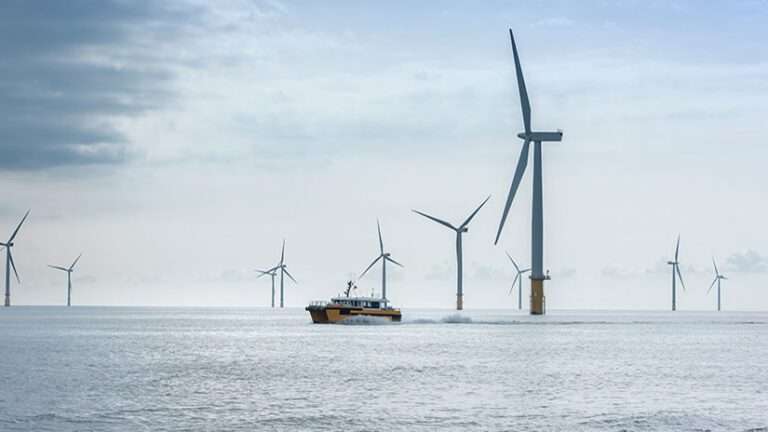
Study Reveals US Offshore Wind Projects Could Lower Costs, Bolster Grid Reliability
Via gCaptain
The U.S. Department of Energy (DOE) has released the findings from a two-year-long study evaluating transmission options to support offshore wind energy deployment along the East Coast.
The Atlantic Offshore Wind Transmission Study reveals that, unlike early projects that will connect individually to the onshore grid, strategically linking offshore wind energy projects via offshore transmission networks after 2030 will help reduce electricity production costs, enhance grid reliability, reduce fossil fuel dependence, and minimize disruptions to oceanic ecosystems.
“Offshore wind energy is already powering more than one hundred thousand homes along the east coast, with the potential to grow and further enhance grid reliability and reduce even more fossil fuels,” said U.S. Secretary of Energy Jennifer M. Granholm.
The study, conducted by researchers from DOE’s National Renewable Energy Laboratory and Pacific Northwest National Laboratory, found that the benefits of connecting offshore wind platforms to create transmission networks often outweigh the costs, offering a unique opportunity to add transmission capacity to the East Coast’s power system. These interregional offshore transmission networks can help reduce grid congestion, increase system reliability, lower curtailment, and flow power from lower-price regions to higher price regions, reducing costs for consumers. It could also reduce generation from fossil-fueled-powered units by 5.5–9.2 Terawatt-hours per year in 2050.
In addition, the study has identified feasible transmission corridors, taking into account ocean co-use constraints such as military zones and shipping channels, as well as marine protected areas and artificial reefs.
The study also informed the final Atlantic Offshore Wind Transmission Action Plan, which provides a detailed roadmap for connecting the first generation of Atlantic offshore wind projects to the electric grid. Both the Atlantic Offshore Wind Transmission Study and Action Plan were funded by DOE’s Wind Energy Technologies Office. The Action Plan was led by DOE’s Grid Deployment Office, in partnership with the Wind Energy Technologies Office and the Department of Interior’s Bureau of Ocean Management.
